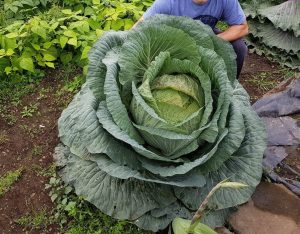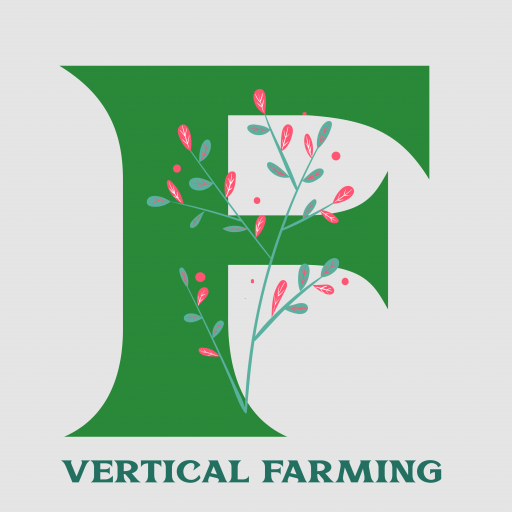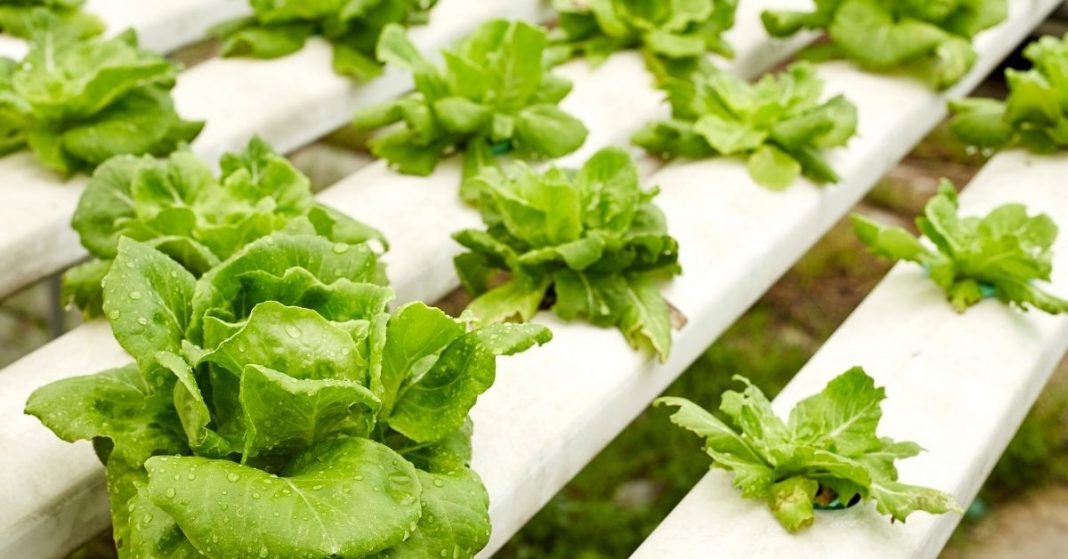Tips you need to know about Hydroponic indoor plants
#.Tips you need to know about Hydroponic indoor plants
It is possible to grow plants without soil using just water and some air. This makes growing hydroponics practical since often people are not able to grow in the dirt because it’s too hard, shallow, or rocky for planting holes. With the system described here, anyone can make a simple hydroponic garden at home with minimal expense or effort.
Ways to do hydroponics.
Water is the basis of hydroponic growing. It provides all necessary nutrients, holds roots in place, and makes them accessible to oxygen.
Water needs to be free of particles that could clog up an irrigation system or be ingested by plants.
This generally means using filtered water, rainwater, or distilled water. Tap water can also be used if it is first run through a reverse osmosis filter to remove chlorine and other chemicals.
2. Air is also necessary for plant growth in a hydroponic system. Roots need to “breathe” and take in oxygen as well as water and nutrients.
This can be accomplished by using an air pump to circulate air through the water or by using an aquarium bubbler.
Basic types of hydroponic systems:
a. Wick systems
are simplest and use a wick made of cotton or other absorbent material to draw water up from the reservoir and distribute it to the growing medium. The wick is saturated with water and acts like a straw, drawing up water as plants metabolize it.
Wick systems are the least expensive type of hydroponic system available. They can be made out of practically any container that holds water and has room for plants (old toilets make great containers).
b. Grow Beds
They are the most popular designs for hydroponics systems. They usually use 1-inch PVC pipes to support grow beds, which are simply trays filled with growing medium. Once water is pumped into the bottom of these beds it flows through holes in their sides or bottoms and up into an irrigation manifold where it’s then distributed throughout
c. The bed.
Grow beds are more involved to build but provide greater control over your plants’ growing conditions. The irrigation manifold can be set up to water plants automatically, so they get the correct amount of water at the right time.
d. Soilless potting mixes.
This is a great way to grow houseplants or herbs. Potting mixes that don’t contain soil are generally lighter and work well for these types of plants.
e. Ebb and flow system.
This type of hydroponics system is easy to set up and works well for plants that need a lot of water, like tomatoes or cucumbers. Plants sit in a container of water until the roots become fully saturated. At this point, an automatic timer flushes the nutrient solution from a tank to the plant’s container and back again. The plants’ roots are exposed to oxygen as they draw in the nutrient solution, reducing transplant shock.
f. Deep water culture system.
This type of hydroponic system uses an aquarium bubbler or air stone to oxygenate the nutrient solution. Nutrient film technique (NFT) systems. This type of system is more complicated to set up, but it can be very productive. In NFT systems, the plants are suspended in a channel or trough and the roots grow down into a thin film of nutrient solution. Nutrients are delivered directly to the roots, so plants can uptake more of them than they would from the soil.
Aeroponics is a type of hydroponic system that doesn’t use any growing medium. Plants are suspended in the air and their roots are misted with water and dissolved nutrients. This type of system is more complicated to set up and requires a lot of maintenance, but it can be very productive.
What you need to make a hydroponics system
– A container, water pump, tubing, air stone, or bubbler for oxygenation
– Growing medium. Some options are perlite Rockwool coco coir peat moss vermiculite sand and Mycorrhizae fungi. Be sure to sterilize your medium before using it to avoid introducing pests or diseases into your system.
– Nutrients. You can either use a commercial hydroponic nutrient mix or make your own. The recipe below is for a basic nutrient solution that will work for most plants.
– pH tester. The pH of your nutrient solution needs to be between 5.5 and 6.5 for optimal plant growth.
Benefits of using hydroponics
– Plants can be grown in any climate.
– No soil is necessary, so there’s no need to worry about pests or diseases.
– Nutrients are delivered directly to the roots, so plants can uptake more of them than they would from the soil.
– You can control the pH of the nutrient solution, which is important for nutrient uptake.
– Plants are watered evenly with the correct amount of water, so they grow faster and produce more fruit/flowers.
– You can grow a variety of plants in a small space.
– Hydroponics is more environmentally friendly than traditional agriculture.
– It’s a great way to teach kids about plants and science.
– Hydroponics can be used in space missions to provide food for astronauts.
– Hydroponics is a great way to grow food in places where the soil isn’t very fertile.
– Hydroponics can be used on a small scale for individual homes or on a large scale, like a commercial greenhouse.
– Hydroponics is a very productive way to grow food.
– There are ways to use hydroponics that don’t use electricity, like the wick system and many aeroponic systems.
other tips or tricks about growing plants without soil.
There are a few things to keep in mind when growing plants without soil. First, you need to make sure your plants get enough light. They should be in a location that gets at least six hours of direct sunlight each day
Second, it’s important to be very careful when using chemicals in your hydroponic system. Most are safe, but you should always read the instructions before adding anything to your nutrient solution.
Finally, it’s a good idea to flush out your system before growing new plants in it. This will remove any salts or remaining nutrients that could damage your next crop.
In conclusion, hydroponics is a great way to grow plants without soil. It’s environmentally friendly, efficient, and productive. There are many different types of hydroponic systems, so you can find one that works best for you.
Check this video for more information here – The Backyard Miracle Farm


